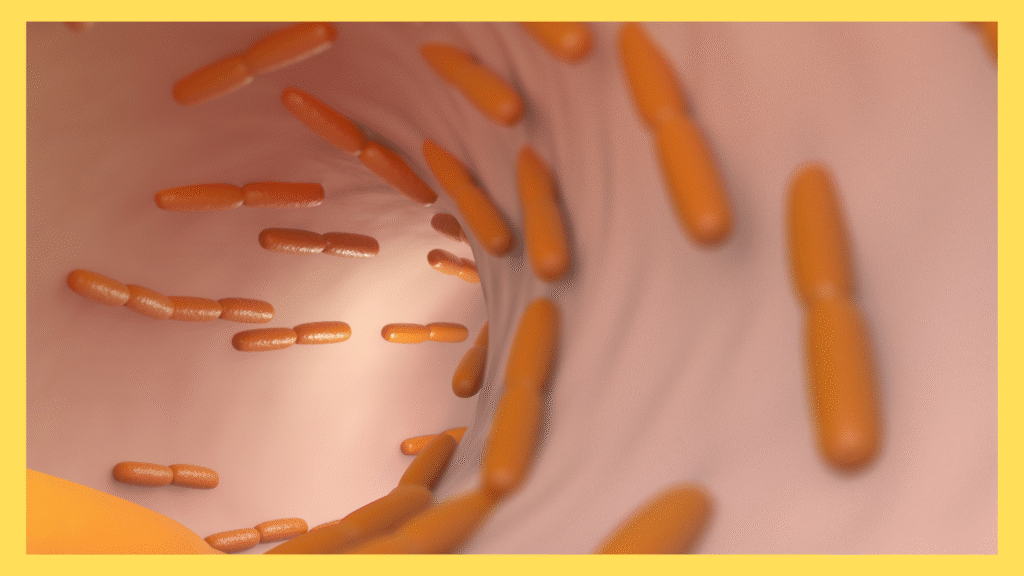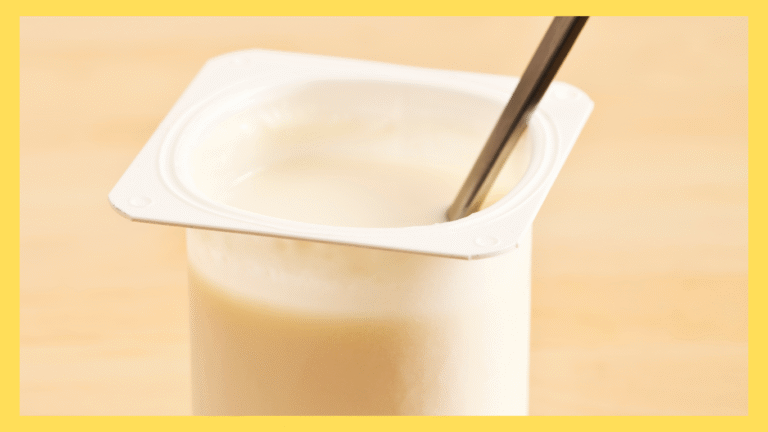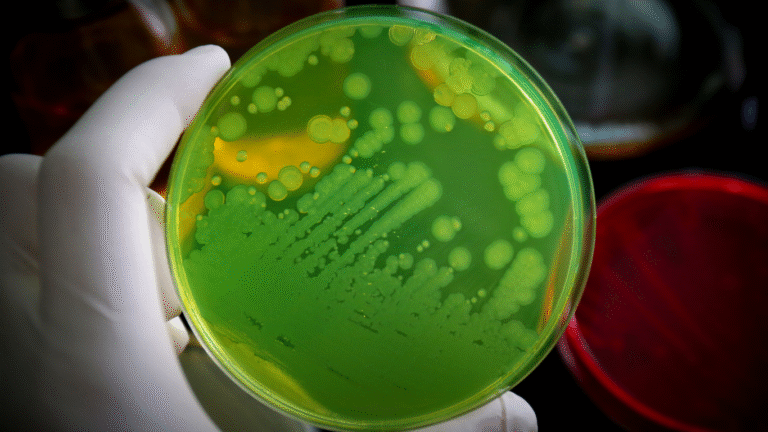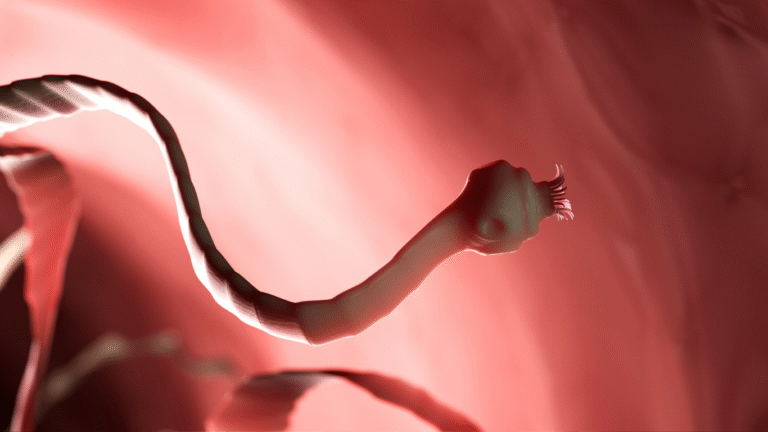Discover how Lactobacillus grows inside the human body and accidentally helps it flourish. Learn about its natural role in digestion, immunity, and overall health.

The morning light is just beginning to filter into the kitchen as a spoonful of yogurt passes someone’s lips. Inside that creamy swirl, I awaken. I am Lactobacillus, a tiny bacterium shaped like a rod, too small to be seen but very much alive. I am swallowed with millions of my kind, tumbling into a warm and moist tunnel that stretches more than 25 feet: the human digestive tract. For most bacteria, this is a hostile place. Stomach acid burns like fire, powerful enough to dissolve food and kill countless microbes. But I am different. My body is built to endure this passage, and so I cling on, waiting for my chance to thrive.
The journey downward is long, and at every turn I face challenges. First comes the stomach, full of acid strong enough to wipe out armies of weaker bacteria. Some of my companions are destroyed here, dissolved before they even get started. Yet I survive, partly because I travel in large numbers, and partly because my structure allows me to resist acidic conditions that would normally be deadly (NIH). For me, the stomach is only the beginning. Soon, I drift into the intestines, where the environment softens and nutrients abound. Here, the real work begins.
In this new space, I find what I need to grow: sugars from the food the human just ate. I break them down through fermentation, a process that produces lactic acid. It is not just waste for me—it is my shield. Lactic acid lowers the local pH, making it harder for harmful bacteria to survive. Without realizing it, I protect the human body from invaders like Escherichia coli or Clostridium difficile that might otherwise take over (CDC). I never set out to be a hero, but my way of living gives the human body an invisible layer of defense.
Meanwhile, as I multiply, I form tiny colonies that cling to the lining of the intestines. This is where I feel at home. I am not alone here; I live with trillions of other microbes—bacteria, fungi, and even viruses—together forming what scientists call the gut microbiome. Some neighbors compete for resources, but many cooperate, creating a balanced community that keeps the human body working smoothly (Mayo Clinic).
My presence brings other benefits too. While breaking down sugars, I help release nutrients and assist in digesting foods that humans might struggle with on their own. For example, lactose in milk is easier to handle when I am around, which is why fermented foods like yogurt often cause fewer stomach issues than plain milk. In addition, the byproducts of my work provide nourishment for other helpful microbes, strengthening the balance of the ecosystem inside the gut.
Life here is not always calm. The human sometimes takes antibiotics, powerful medicines designed to wipe out harmful bacteria. Unfortunately, these drugs cannot tell friend from foe, and they cut through many of us as well. Populations of Lactobacillus shrink when antibiotics pass through, leaving the human gut vulnerable to imbalance. This is why doctors often recommend replenishing beneficial bacteria through probiotics or fermented foods after a course of antibiotics (NIH).
Yet even when we are reduced in number, we find ways to return. Every bite of fermented vegetables, every sip of kefir, every spoonful of yogurt brings more of us into the body. We recolonize the intestines, regrow our communities, and once again begin our quiet work of maintaining balance.
Our influence extends far beyond digestion. The lactic acid we produce creates an environment that not only discourages harmful microbes but also signals to the immune system. Immune cells learn from our presence, becoming more alert and better at distinguishing between true threats and harmless neighbors. As a result, the human’s immune system grows stronger, less likely to overreact in allergies or underreact in infections (CDC).
We also thrive outside the gut. Some of my kind live in the mouth, contributing to oral health. Others inhabit the vaginal microbiome, where they maintain acidity and prevent harmful bacteria and yeast from taking over (Mayo Clinic). Wherever we live, the pattern is the same: by simply following our own survival strategy, we accidentally help the human body flourish.
There are moments of tension, though. Not every Lactobacillus strain behaves the same way. Some are more effective at producing lactic acid; others specialize in breaking down certain sugars. A few, if they enter places they do not belong—like the bloodstream in people with weakened immune systems—can cause harm. These cases are rare, but they remind us that balance is key. The human body needs us in the right places and in the right numbers, not spreading unchecked.
Still, most of the time, we are quiet partners in health. We do not shout our presence, but the benefits ripple through the body. Improved digestion, a balanced immune system, protection from infections, and even better absorption of vitamins—all of these stem from our daily activities. Humans call us probiotics when they consume us intentionally through foods or supplements, but for us, it is just life.
As the day ends and the human settles into rest, I continue my work in the dark, warm folds of the intestines. There is no pause for me. I multiply, ferment, and maintain the delicate balance of this complex ecosystem. My story is not dramatic like that of a virus causing disease. Instead, it is quiet, steady, and surprisingly vital.
Most humans never think about me, but I shape their health in ways they cannot see. Without me and my companions, harmful bacteria might gain ground, nutrients might pass undigested, and immune systems might falter. But with me, with us, the body finds balance and strength.
So what is the takeaway? Lactobacillus is more than just a microbe found in yogurt or supplements. It is a natural resident of the human body, a helper that turns survival into a gift for its host. Eating probiotic foods, taking care of gut health, and using antibiotics wisely are simple steps humans can take to ensure we continue to do what we do best—help the body flourish.
✅ Key Sources for Facts




